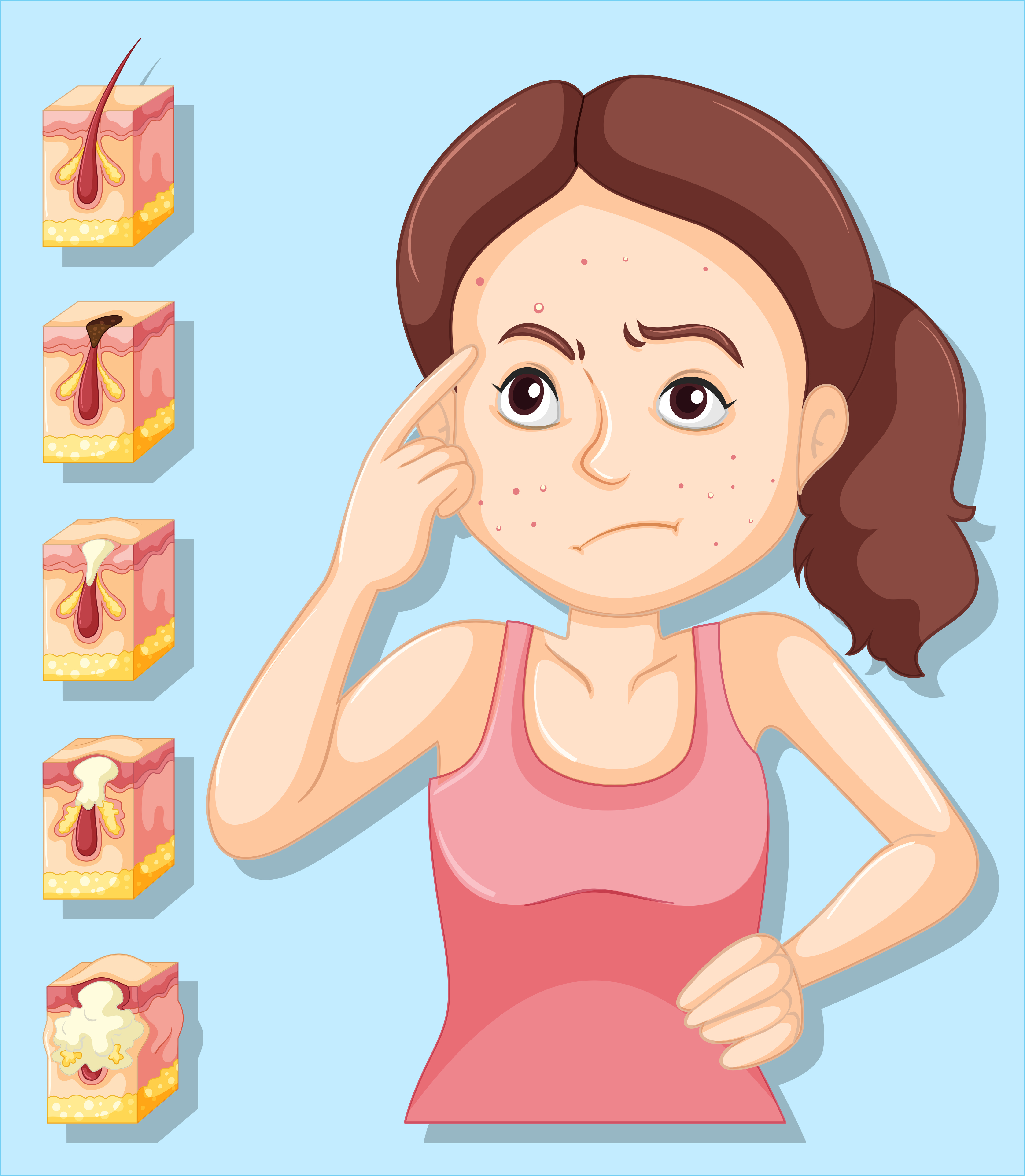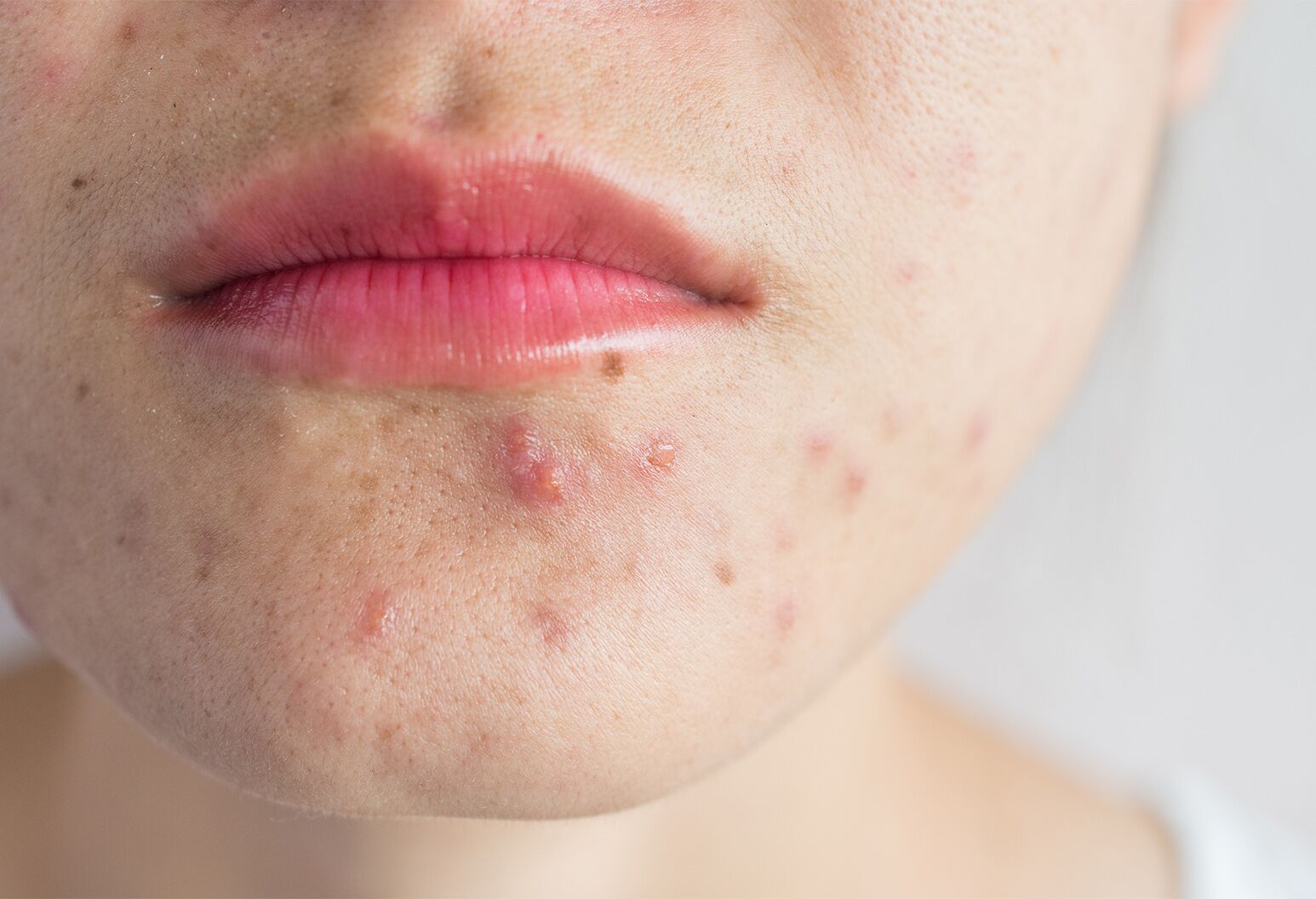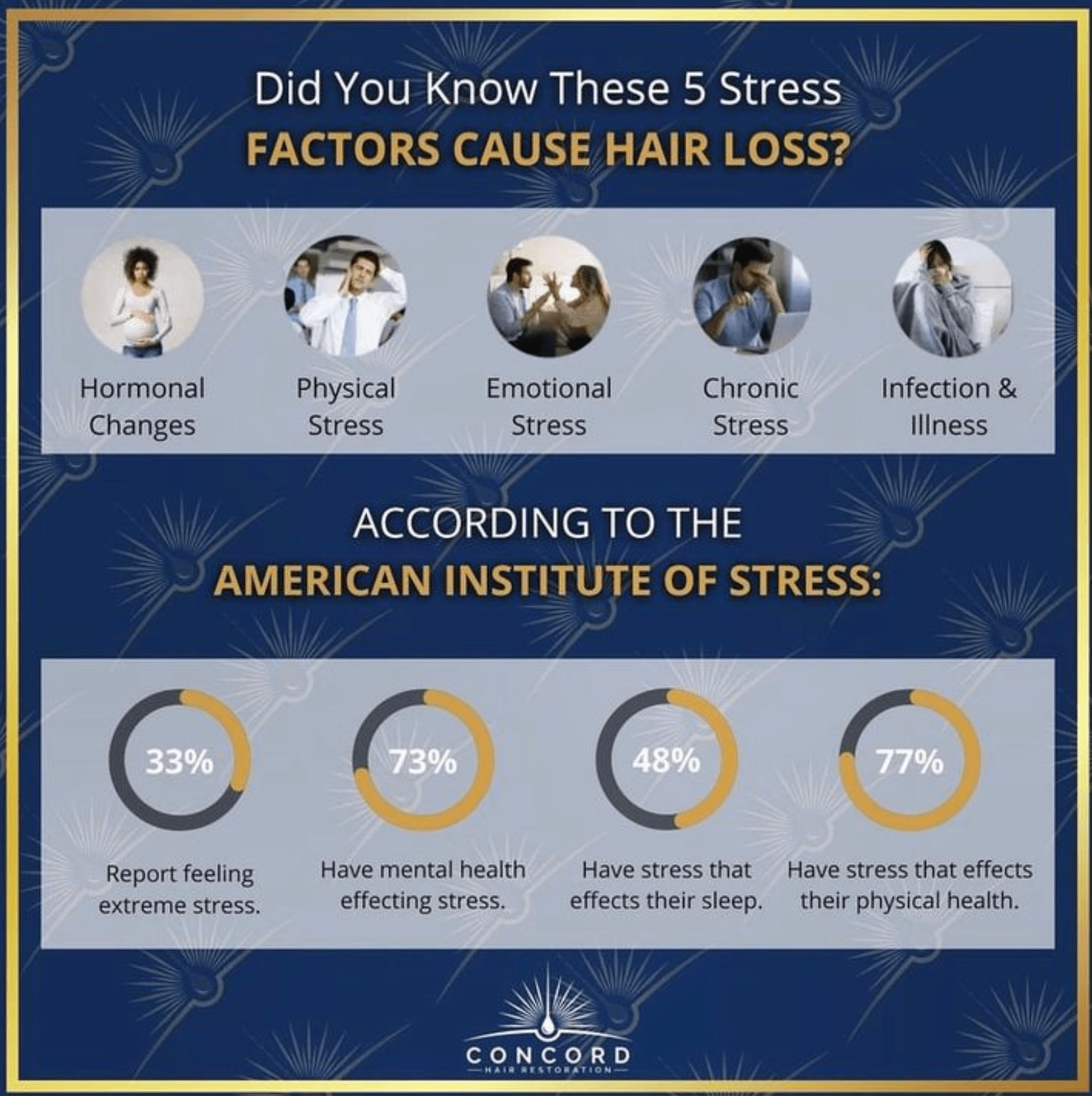Table Of Content

Hot tub folliculitis causes round, itchy bumps that may later develop into small pus-filled blisters. The rash is likely to be worse in areas where your swimsuit holds water against the skin. Pimples on the scalp are relatively common and are treated in a similar way to acne on other parts of the body. A study published in Advances in Dermatology and Allergology suggests that a diet high in sugary carbohydrates may increase the risk of acne.
Products & Services
These products can be found at your local drugstore or pharmacy. A break in the pore can occur when the follicle fills with dead skin cells and oil. Pressure from squeezing a blackhead or blocked pore can also cause a rupture. You're most likely to get pimples in areas with a lot of oil glands, which include your face, neck, shoulders, chest, and back.
Management and Treatment

A dermatologist can provide a proper diagnosis, and select a personalized treatment that will help restore health to you hair and scalp. CCCA and LPP fall under the umbrella of lymphocytic scarring alopecia. The telltale signs of these conditions are chronic inflammation of the scalp and the scarring of hair follicles, which can result in irreversible hair loss, Agbai notes. Alopecia areata is an autoimmune condition that is characterized by “round patches of hair loss on the scalp,” although it can occur elsewhere on the body, Agbai says. Baldness is often hereditary, and is activated by a shift in your hormones.
Hairline pimple treatment
There are no home remedies that can successfully treat cystic acne. This is because stress causes the release of hormones, like cortisol and androgens, that can contribute to breakouts. Stress, steroid medications, and lithium can also contribute to hormonal acne.
To reduce the swelling and any tenderness, try applying a warm, clean washcloth to the area. For eczema on the scalp, try medicated shampoos, creams, or ointments. In children, it typically affects the hands, backs of the knees, insides of the elbows, scalp, and face. Treatment for head lice typically involves using medicated shampoo and combing the area to kill and remove the bugs and their eggs. A person may have raised bumps, whiteheads, or blackheads, which may be itchy, sore, or tender.

Persistent folliculitis may signify an immunodeficiency disorder or other underlying condition. In some cases, pimples may become infected or may grow into larger, deeper lumps in the skin, which is called cystic acne. After pimples go away, they may leave behind dark spots or scars. The damage can also happen while you’re using a hot tub or whirlpool.
Pimples on your scalp, or scalp acne, occur when you have breakouts on your scalp or hairline. These breakouts are the result of clogged pores or hair follicles. If the follicle or pore becomes clogged with dirt and oil, this can lead to acne. You can still get scalp acne even if you have good hygiene, but sweat, oil, and dirt buildup from improper or incomplete washing can lead to clogged pores.
Scalp Acne 101: How to Treat and Prevent Scalp Breakouts - Cosmopolitan
Scalp Acne 101: How to Treat and Prevent Scalp Breakouts.
Posted: Thu, 12 Sep 2019 07:00:00 GMT [source]
How to prevent ingrown hairs
Sometimes, scalp acne can resemble small pimples or zits on the scalp. These spots can develop on the back of the head and may feel itchy and sore. The American Academy of Dermatology Association (AAD) notes that some people may develop bumps or pimples on their scalp when using certain shampoos, conditioners, or hairsprays. For a list of comedogenic ingredients, visit acne.org.
Symptoms of Scalp Acne
Scalp psoriasis is a condition that causes inflamed, sometimes thickened patches of skin covered with silvery-white scales. On a person with darker skin, the affected areas may become darker, grayish, or purplish. Itchiness is the most common symptom of head lice, but bumps on the scalp can also indicate their presence.
A shampoo with cortisone is normally only available in the doctor's office, so be sure to check with your dermatologist. AKN causes acne-like breakouts on the back of the neck or head due to long-term inflammation inside the hair follicles. This inflammation weakens the hair follicles, which can cause hairs to penetrate and burrow into the skin (ingrown hairs). A healthcare provider will diagnose scalp acne after a physical exam to look at your symptoms. They might also ask questions about the skin care products you use. A person should also treat underlying medical conditions and speak with a healthcare professional if they are taking medications that increase the risk of folliculitis.
When this occurs, the acne-like breakouts tend to appear on skin that was covered by your bathing suit. Most people see breakouts about 12 to 48 hours after using the hot tub. Your doctor may also recommend prescription medication if your scalp psoriasis starts to trigger other conditions, like hair loss.
This can lead to long-term scarring, inflammation, infections, and more painful and noticeable acne, according to the American Academy of Dermatology. He says it can also lead to inflammatory hyperpigmentation, or dark marks on the skin. Your healthcare provider can diagnose genital pimples after a quick examination. If the provider is concerned the pimple is something other than vaginal acne, they'll perform a more thorough assessment.
As an acne cyst works its way to the surface, it damages healthy skin tissue. Like nodules, cysts begin as a deep break in the follicle wall. The body tries to wall off the infection by surrounding it with a membrane. An acne nodule develops when the follicle wall ruptures deep within the dermis. Contaminated debris from the follicle infects nearby follicles. Acne pimples come in different forms, but all pimples begin as a pore blockage or comedo.
Keep that in mind if you're prone to getting those angry red bumps. If you go to a professional that uses sugaring paste, you'll have the best chance of avoiding hair growing back into the skin. The reason people are more likely to get painful ingrown hairs in their pubic area is because the hairs in this area are usually coarser than on the rest of the body. When coarser-textured hairs begin to grown and push themselves out, they often curls back into the skin and become trapped, leading to an ingrown. Folliculitis is a common skin condition that is often the result of a bacterial, viral, or fungal infection.
Popping painful, unsightly spots may not seem like a big deal. Dermatologists explain the risks, some tips for getting rid of zits, and what to do if acne is a persistent problem. “As a general rule, you shouldn’t pop your pimples,” says Dr. Jody Alpert Levine, a dermatologist and director of dermatology at Plastic Surgery & Dermatology of NYC.
Understanding the underlying cause of your hair loss is absolutely necessary in determining the best approach to halt and reverse any further damage to your hair and scalp. Losing your hair can be a distressing experience, but you’re not alone. In this article, we discuss the symptoms, causes, complications, and treatments of scalp folliculitis.












